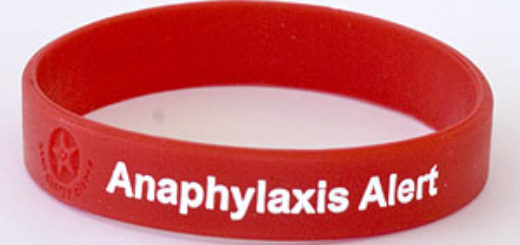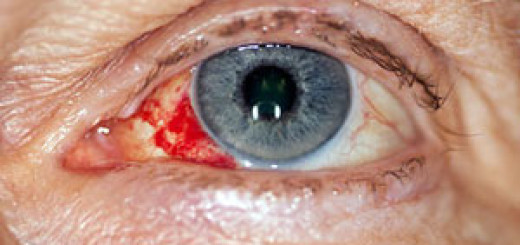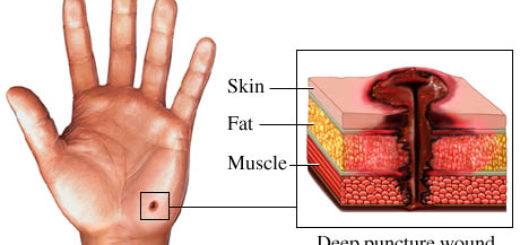Emergency Action Plan in First Aid
The Emergency Action Plan in first aid teaches rescuers to assess an incident before rushing in to help injured or unwell victims. In this first aid blog post, we’ll take a look at how you can manage a first aid incident and implement measures to keep yourself and the victim safe.
Your first task is to make sure the situation or incident scene is safe. Try to find out what happened. Assess the situation and check for any potential dangers (e. g. traffic, fire, electricity…). Under no circumstances should you place your own safety at risk. Do not approach the scene of the accident until you can do so without endangering yourself. If possible, try to ensure the safety of the victim and bystanders. If the situation is unsafe and you cannot offer help without risk, alert the emergency services. Wait at a safe distance until qualified help arrives.
Motor Vehicle Collision / Road Traffic Incident
Always follow the Highway Code. This tells you what you are legally obliged to do in the event of an accident on the public highway. When approaching a road traffic accident reduce speed without braking sharply.
Park your car in a safe place, on the hard shoulder, on the verge, or at the roadside. Put on a reflective safety vest. Use warning signs (such as a warning triangle) to warn approaching traffic of the accident.
Never attempt to cross a motorway on foot. Watch out for electrical cables on the ground. Make sure nobody touches these cables or moves too close to them. Aim to prevent fire. To do so, switch off the ignition of every vehicle involved in the accident. Do not allow anyone to smoke in the vicinity of the accident. Remember, an airbag that failed to activate can sometimes blow up unexpectedly. If possible, stabilize the vehicles involved by applying their handbrakes.
House or Building Fire
Try to warn everyone who is in danger, but do not risk your own safety in the process. Never enter a burning house. Move away from the vicinity of the fire and keep at a safe distance. If you find yourself in a burning building leave it immediately. Help others to evacuate the building as long as you can do so in a safe manner.
Electrical Incident
Assume that all electrical cables and appliances are live until you can be certain that the power is off. Do not touch a casualty while he is still in contact with a power source. Remember that liquids and objects in contact with the casualty can also conduct electricity. Switch the power off.
If it is not possible to switch it off insulate yourself from the ground by standing on non-conductive material. Then use a non-conductive object to push the power source away from the casualty. If this is not possible wait for the fire brigade or other specialized personnel to arrive.






I really enjoyed the course.Gives brief but more insight into first aid practices